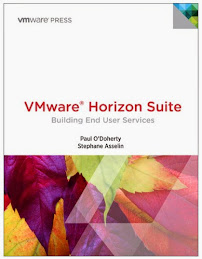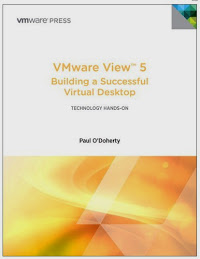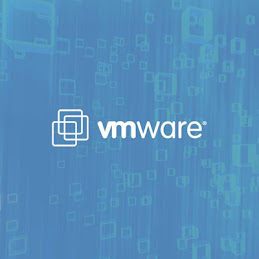As many of you know, I believe that a huge area of growth for Enterprise IT customers is through proper federation of their on premise private Cloud environments to public Cloud providers. Properly done this allows IT departments to take full advantage of a pool or multiple pools of public Cloud resources without changing their internal standards or compliance requirements. This is different than simply putting work loads in the Cloud as this is fairly straightforward and closer to outsourcing vs. federating. With the advent of Software Defined Networking (SDN) traditional barriers are rapidly dissolving making this a reality in Infrastructure as a Service (IaaS) models.
Another quickly evolving type of federation, is application federation. We are at an interesting point in which application development on the Cloud is happening at an incredible pace. The constructs of Cloud based applications are different from traditional enterprise applications in many respects. One very obvious one is the ability of Cloud based applications to plug into one another to take advantage of new streams of data and input.
The reality however is that enterprise data is still very tightly coupled to traditional enterprise applications deployed privately within corporations and businesses. How then do you take advantage of Cloud applications when most of your enterprise data is still deployed in this manner?
This is exactly the problem that integrated Platform as a Service (iPaaS) solutions attempt to address. Think of them as super connectors allowing you to plugin traditional enterprise applications to Cloud based applications or Software as a Service Providers (SaaS). This is federation at the application level.
The term is still relatively new, however the need is very real. It will be sometime before applications are migrated to pure SaaS models and need to work in a hybrid model. In the Hybrid model, data is stored in the enterprise and other processes are federated to and from SaaS providers.
Dell recently acquired a major innovator in this space; Boomi. Boomi boasts 1000+ customers and is considered a leader in this space by industry analysts.
The Cloud Suite made by Boomi is AtomSphere which allows you to quickly distribute workflows using connectors that allow interaction across global geographies. AtomSphere’s service engine is distributed across several datacenters around the world. As it is a Cloud service there is no additional software to install or appliances to deploy.
From a user interface perspective, the dashboard of AtomSphere is divided logically into sections; Build, Deploy and Manage. Build is were you will spend most of your time setting up process maps or workflows using connectors by leveraging the easy to use drag and drop, visio like display.
Once built you can deploy your process map either on premise or in the Cloud using containers referred to as Atoms. Versioning is supported within the platform, allowing you to quickly roll back in the event that you run into a problem. To complete the functionality you can monitor through process reporting or setting up real-time listeners to determine if processes are successful and how long they run.
Boomi also provides an overall system health dashboard so you can quickly see the robustness of the Cloud service over time called trust.boomi.com. As Boomi is a true community of developers the number of supported applications has expanded dramatically and continues to expand to the benefit of everyone leveraging the AtomSphere platform.
Although federation continues to happen at the Infrastructure as a Service layer it is important to understand that you can federate at the application level as well. When federating at the application level you will be keenly interested in the capabilities and services provide by iPaaS solutions like Boomi AtomSphere.





No comments:
Post a Comment